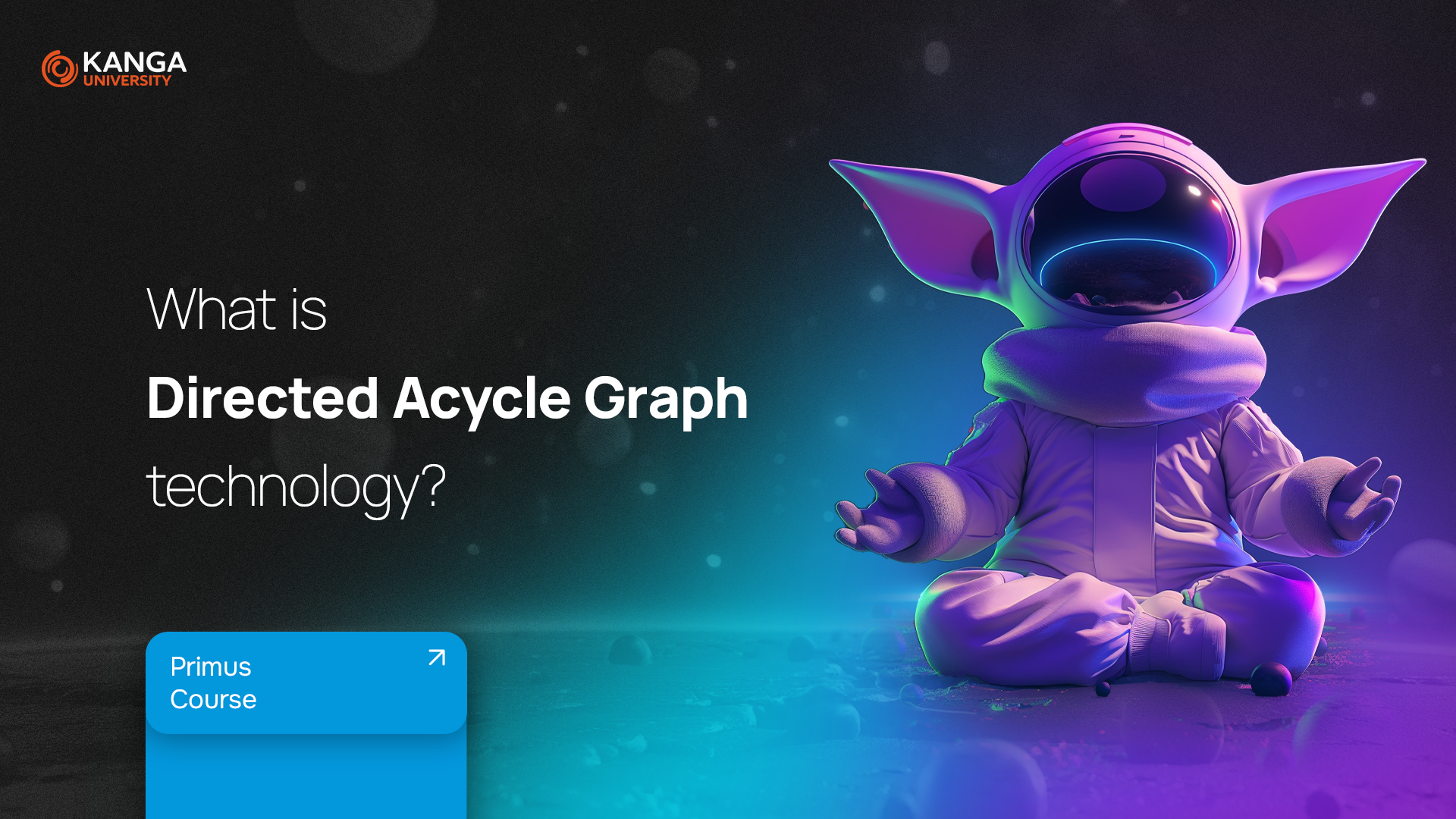
Blockchain has been a game-changer in the world of digital finance. But did you know there’s a new technology that might be even faster, cheaper, and more scalable?
It’s called DAG — short for Directed Acyclic Graph.
That name might sound technical, but don’t worry — we’ll break it down step by step.
What is DAG?
Imagine a web of dots (called nodes) connected by arrows. Each arrow shows a direction — what comes after what. The key rule? These arrows never form a loop. That’s what makes it “acyclic.”
Unlike traditional blockchains, where transactions are stored in blocks lined up one after the other, DAG is more like a network that grows in multiple directions. This means it can handle many transactions at the same time, making the system faster and more flexible.
DAG vs. Blockchain: What’s the Difference?
Think of blockchain as a train: cars (blocks) are linked one after another in a straight line. DAG is more like a subway map: multiple lines going in different directions, but always moving forward.
In blockchain, every block confirms the previous one. In DAG, every new transaction confirms two earlier ones. There’s no need to wait for the next block — transactions happen continuously and in parallel.
Why Are People Talking About DAG?
1. Speed
Transactions are confirmed faster because there’s no need to wait for blocks to form.
2. Lower fees
DAG doesn’t rely on miners to validate transactions. Instead, users validate each other’s transactions — which reduces costs.
3. Scalability
The more users there are, the faster the system works. That’s the opposite of traditional blockchains, which often slow down under heavy load.
4. Eco-friendly
Without energy-hungry mining, DAG networks consume much less power.
What Are the Challenges?
DAG still has a few hurdles to overcome:
-
No standard version — each project builds DAG a little differently
-
Some DAG networks aren’t fully decentralized yet
-
Security models are still being improved
But developers are actively working on these issues.
Where is DAG Already Being Used?
IOTA
One of the earliest projects to use DAG (specifically a version called Tangle). IOTA focuses on microtransactions for the Internet of Things (IoT) and allows fee-free transfers.
Nano
Known for instant transactions with zero fees. Each user has their own mini-ledger, making the network extremely fast.
Hedera Hashgraph
Uses a DAG-like model for lightning-fast transactions. It’s not open-source like others but offers a different approach to speed and security.
Will DAG Replace Blockchain?
Not necessarily. DAG is ideal for certain use cases — like micropayments, IoT, and gaming — where speed and low fees are critical. But blockchain still shines in areas that need strong decentralization and wide adoption.
More likely, these two technologies will co-exist, each powering different parts of the decentralized future.
Summary
DAG is a powerful alternative to blockchain that makes transactions faster, cheaper, and more scalable. While it’s still evolving, its potential is already being tested in real-world projects like IOTA and Nano.
Think of blockchain as a digital highway — and DAG as a modern transit system that keeps everything moving smoothly, even when things get crowded.